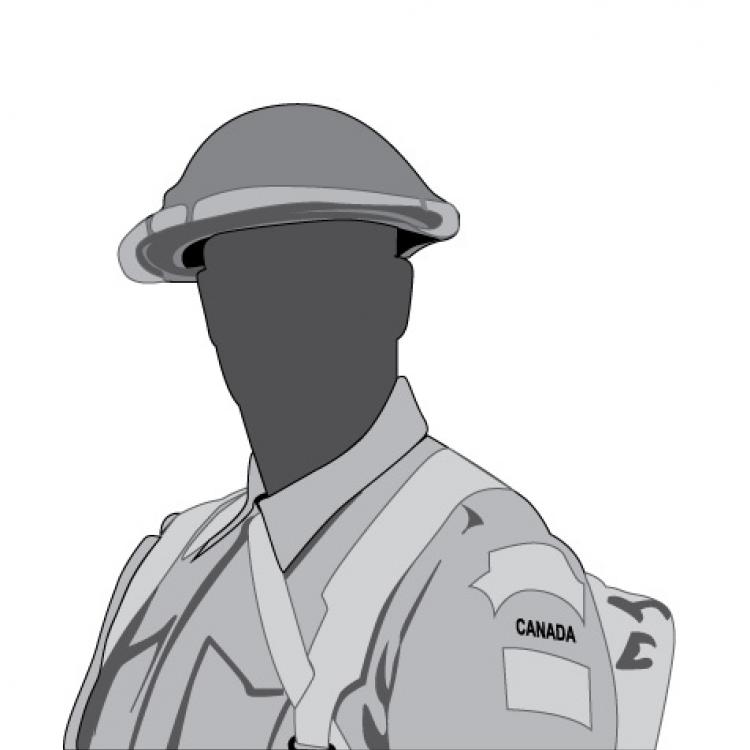O'TOOLE, Daniel
Removed from Wingham as not on stone, placed in none
DIVISIONAL UNIT: 4th Canadian Infantry Division
12th Infantry Brigade
38th Battalion - Ottawa
Canadian Infantry Corps
SERVICE NO: 724053
RESIDENCE: Toronto - Ontario
DATE OF BIRTH: May 24, 1890
Dublin - Ireland
DATE OF DEATH: September 29, 1918 28 years 4 months
CEMETERY: Bourlon Wood Cemetery – Bourlon –
Pas de Calais – France
II B 3
KIN: Mrs. G. Agar – Stratford – Ontario
Occupation Labourer Religion: Methodist
Enlistment: March 9, 1916 – Lindsay – Ontario – into the 109th Battalion
Enlistment Age: 25 years 10 months
Daniel was an Irish fellow who came to Canada in 1905, making his home with Mr. L. W. Ruttan of Bluevale. While there he received his High School and College educations in Wingham. Private O’Toole left Canada and arrived in Liverpool on September 23, 1916. He transferred to the 38th Battalion, went into France and joined his unit in the field on January 9, 1917.
Private O’Toole experienced 2+ years of active service. During November of 1917 he was wounded in the arm then sent to England until May of 1918.
On September 28th, some units of the 4th Division were involved in the attack on the Marcoing Line west of Cambrai and serious problems for the Canadians were that they did not have all the enemy defences on their maps. There were new slit trenches, machine gub posts and barbed wire that the infantry had to deal with. Following this attack, the troops were very exhausted and their numbers had been depleted.
On September 29th the attack would continue with the only plan being to advance, attack and achieve the objective. They advanced along the Cambrai-Douai Road and moved to the north-west facing enemy machine gun fire and enemy barbed wire. For the little ground that was gained the casualties were extreme.
Private O’Toole and the men in his Company were advancing during an attack north east of Sailly, when he was struck from the fire of enemy machine guns and instantly killed.
The Brigade / Division artillery opened up at 6 am and twenty minutes later the infantry advanced with “B, C & D” Companies leading and “A” Company in support. The advance passed over and crossed the Douai-Cambrai Road in the face of intense and heavy enemy Shell and Machine Gun fire. They were able to progress some 250 yards before extreme enemy machine gun fire coming from the railway embankment.
The Battalion was not able to connect with those units on either flank and positions were held but unable to advance to the Douai-Cambrai Road. The 78th in support could not reach the Battalion because of the heavy enemy fire. However, during the night all units were able to the west side of the Douai-Cambrai Road.
It was during this advance where Private O’Toole fell in battle.


